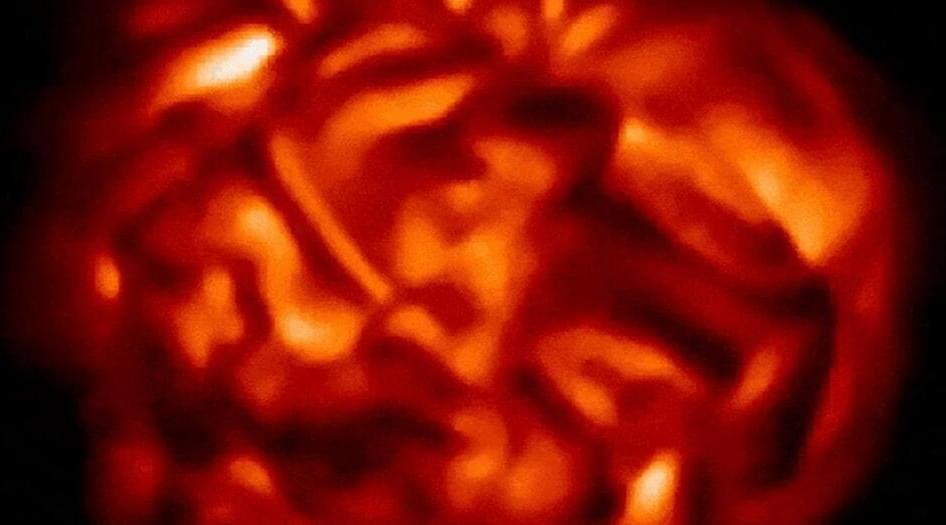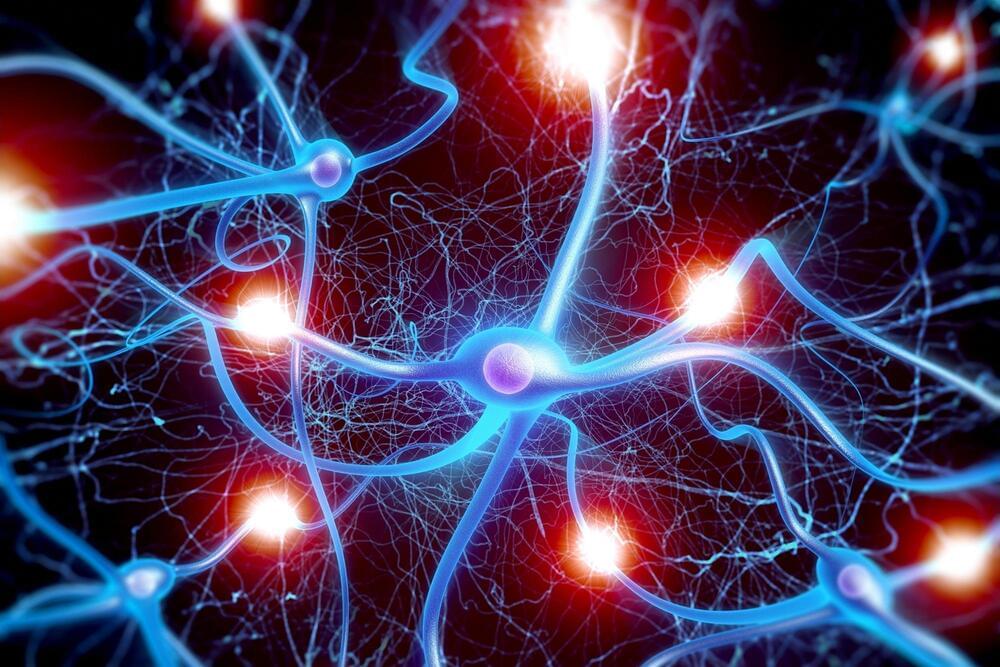The volar aircraft has a sleek, aerodynamic form that’s more akin to a supercar than other eVTOLs currently in development.


Over the last several decades, I’ve witnessed a lot of change in the fields of machine learning (ML) and computer science. Early approaches, which often fell short, eventually gave rise to modern approaches that have been very successful. Following that long-arc pattern of progress, I think we’ll see a number of exciting advances over the next several years, advances that will ultimately benefit the lives of billions of people with greater impact than ever before. In this post, I’ll highlight five areas where ML is poised to have such impact. For each, I’ll discuss related research (mostly from 2021) and the directions and progress we’ll likely see in the next few years.

Although multimorbidity differs for each person, we know that patients tend to suffer from the same groups of diseases — known as “clusters”. This suggests that each cluster may share a common underlying cause. For example, a person with multimorbidity may suffer from heart problems (such as heart disease and high blood pressure) and diabetes, which may all stem from the same cause — such as obesity.
Identifying and treating the cause of a patient’s disease clusters would allow us to more effectively combat several — or even all — of the diseases a patient has using a single treatment. This would both reduce the number of medical appointments a person needs to attend and the number of medications they may need to take.
Ageing is the single biggest risk factor for developing multimorbidity.

Next Fiat Panda aims for ‘most affordable EV’ title with customizable, clever crossover that will slot below 500e.
What’s the most affordable EV you can buy? If rumors out of Fiat are to be believed, the answer to that question will soon be “the new Fiat Panda” as Stellantis targets the bottom end of the booming electric car market.
Set to arrive as soon as this spring, the new Fiat Panda will be an EV-only offering from Stellantis’ “entry” Italian brand, and is expected to slot in below the ell-electric Fiat 500e, price-wise, in the company’s lineup. Its main objective, as the brand’s President, Oliver Francois, told AutoExpress UK, is to “awaken the sleeping giant” he believes Fiat to be. “That’s exactly my point of view,” he says, when discussing new models. “We have not even started awakening the giant.”
As a product, the upcoming Fiat Panda is believed to be heavily based on Fiat’s 2019 concept, the award-winning Fiat Centoventi. At the time, the company said it would reduce the car’s build costs by adopting a spartan design with a limited color palette that was at once “minimalist and fully customizable.”
The idea that our genes are our fate” is dead. Exciting new discoveries in the field of epigenetics have proven that our lifestyle and environment can turn off and on many of the genes that control our health and wellbeing. Simple things like where we live, what we eat, pollution, stress, and exercise all impact which genes are silenced and expressed throughout our lives.
Research has shown that that the current dramatic rise in obesity, heart disease, diabetes and Alzheimer’s all have epigenetic mechanisms at play. Not only that but many epigenetic changes are actually passed to future generations: your grandmother’s dietary deficits may have caused your diabetes. Your father’s smoking may have turned on your marker for obesity or ADHD. Three generations later the descendants of holocaust survivors are still suffering stress disorders.
The recognition that environment, not genetics, is the primary driver of human health and disease carries with it a strong message of personal empowerment and responsibility. We are no longer powerless in the high stakes game of our own health. We can now play an active role in our genetic destiny.
Decoding Life: The Epigenetics Revolution is a one-hour documentary that uncovers the latest findings in the game-changing field of epigenetics. We meet the world’s top epigenetic experts, uncover the latest research into how epigenetics can be used to treat some of society’s most dire health crises such as cancer, heart disease, obesity, and dementia.
Find us on:
Facebook: https://www.facebook.com/SparkDocs/
Instagram: https://www.instagram.com/spark_channel/
Content licensed from Espresso to Little Dot Studios.

Like so much in chronic disease, Alzheimer’s is complicated: “once you have seen one person with Alzheimer’s, you have seen one person with Alzheimer’s. In other words, Alzheimer’s disease (AD) is a heterogeneous disease which may present and progress differently depending on the person and the factors contributing to the disease pathology. As such, there is no paint-by-numbers approach to targeted treatment. Researchers in the field are thus motivated to figure out a way to categorize AD in order to guide more individualized approaches to patient care and help anticipate disease trajectory.”
A proposal for 4 subtypes of Alzheimer’s disease.


Universal law always works perfectly well.
Wherever there is sand and an atmosphere, prevailing winds may whip the grains into undulating shapes, pleasing to the eye with their calming repetition.
Certain sand waves, with wavelengths between 30 centimeters (almost 12 inches) and several meters (around 30 feet), are known as megaripples: they’re between ordinary beach ripples and full dunes in size, and we’ve seen them not just on Earth, but even on other planets such as Mars, well known for its all-encompassing dust storms.
Aside from their size, a key characteristic of these middle-ground ripples is the grain size involved – a surface of coarse grains over an interior of much finer material. Yet this mix of grains is never the same, and nor are the winds that blow across the sand to create the ripples in the first place.

Cardiff University study is ‘major step forward’ in hunt for developmental origins of schizophrenia and other psychiatric disorders.
Scientists from Cardiff University have discovered new links between the breakdown in brain cell development and the risk of schizophrenia and other psychiatric disorders.
Genetic risk factors are known to disrupt brain development in a number of these disorders, but little is known about which aspects of this process are affected.

Neuroscientist David J. Linden is dying.
But the impending end of his life doesn’t mean he’s done learning about the human mind just yet. Linden was recently diagnosed with terminal cancer. In a piece in The Atlantic, he writes: “I may be dying, but I’m still a science nerd.”
During a routine echocardiogram, doctors noticed something sticking up next to Linden’s heart that they thought was a hiatal hernia or a benign growth called a teratoma, he says. After the tumor was removed, a biopsy found it was a form of malignant cancer called synovial sarcoma that had grown into the wall of his heart — making it impossible to remove.